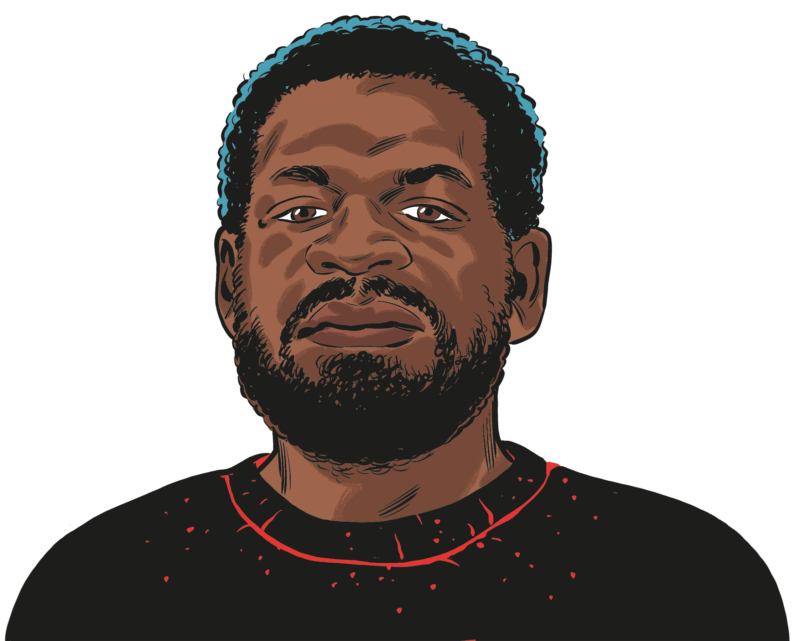When Angels in the Outfield came out, in 1994, I hadn’t yet buried anyone I loved. I hadn’t been to a funeral, and I hadn’t yet been in a hospital room, been an audience to the sounds that stitch together, forming an orchestra, a soundtrack to an eventual exit.
Even with this in mind, I found myself obsessed with the afterlife. Not in a way that troubled anyone. I rarely spoke the obsession out loud. Even at ten years old, in the early summer days of 1994, I maybe had just enough self-awareness to know that the adults around me weren’t all that into my curiosity about what awaited us after death, and they likely didn’t have the answers, anyway.
Angels in the Outfield worked for me. I loved sports, though I didn’t care much about baseball. I also really didn’t care about any narrative that might suggest that God cared about sports, even though the film turns on a young foster kid, Roger, praying to God for the lowly California Angels to win the pennant, all because Roger’s no-good dad said he’d come back into his life if the Angels won the pennant (which presents its own, separate set of absurdities, but absurdity is often the engine of plot, particularly in a sports film about deities that’s aimed at kids).
What did fascinate me, endlessly, was the fact that Roger could see the dead, when no one else could. Even his best friend, JP, cannot see them, but desperately wants to. I don’t know if I considered this then, but I wonder now if there is a thin line between the framing of the dead and their reappearances. What, for example, separates an angel from a ghost, besides the intentions that history or stories or hope or fear might affix to them? Roger saw dead people doing miraculous things, which brought him closer to God, I suppose, or at least closer to a father.
Watching the movie now, as I did two nights ago, I see how it can easily present itself as religious propaganda, and would likely be dismissed as such if it were released today. So much of its story relies on conversion, getting people to believe in the unseen, through the lens of one all-seeing, all-knowing, youthful messiah. But I still gravitate toward it, if for no other reason than that the movie, more than any other piece of media, defined my initial relationship with ghosts, with an afterlife. When I buried people for the next two and a half decades of my life, it was easy to convince myself that I would, maybe, see them again. Even if my seeing wasn’t literally seeing. The flower my mother loved fights its way up through gravel after a hard Midwest winter, and that is a type of seeing. The song my dearest friend used to sing along to on road trips comes on at a party I was making my way out of, and so I stay, and in staying I meet someone, and in meeting someone I fall in love, at least for a few moments. That is a type of seeing.
My house is haunted. It’s an old house, in a historic neighborhood in Columbus, Ohio. A jazz singer owned it once. A sad and lonely woman. She died in the attic, I’m told. No one found her body for months. When I first moved in, I could hear her shuffling about up there at night. I’d check for squirrels or mice the next morning. I called in exterminators, just to conduct my due diligence. But I always knew it was her. It’s a good time to be unafraid of ghosts. I figure she’s just letting me know she hasn’t gone anywhere, that maybe we’ll make each other’s
lives a little less lonely for a while.





